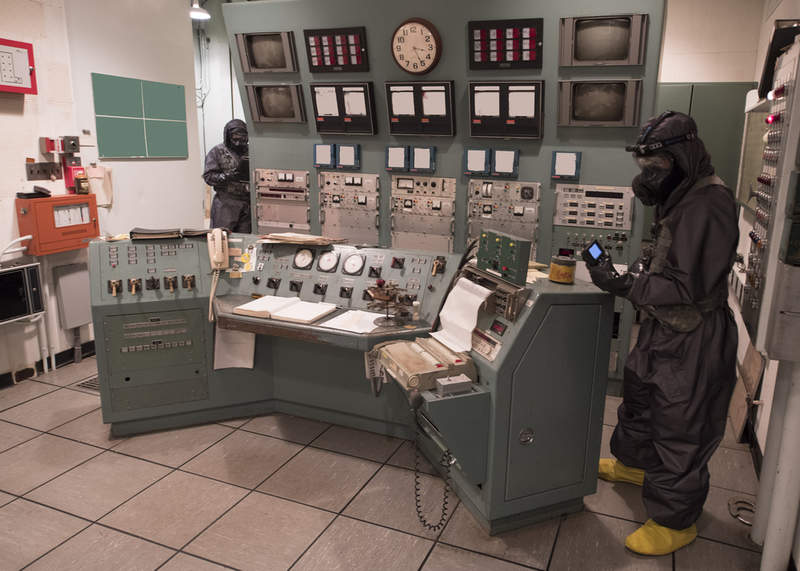
The US Army has carried out operational tests on a radiological detection system (RDS) and a joint personal detector (JPD) to improve the service’s battlefield effectiveness and accuracy of current chemical, biological, radiological, nuclear and explosives (CBRNE) detection capabilities.
The RDS is a portable sensor deployed to identify and classify threats. The JPD is a wrist-mounted device that can be used to monitor amounts of exposure to radiation.
The test was conducted by soldiers from the 20th CBRNE’s Nuclear Disablement Team (NDT) in order to enable the US Army Operational Test Command (USAOTC), based at West Fort Hood, Texas, to collect data on both units.
Upon collection, the USAOTC informed senior leaders of the army of the effectiveness, suitability and reliability of the RDS and JPD systems during real-world operations.
The new equipment is expected to help increase soldiers’ understanding of the radiological and nuclear (RN) environment through detection of RN threats.
The new RDS has been designed to replace the US Department of Defense’s (DoD) existing radiation detection and computation (RADIAC) survey meters, and will help provide the warfighter with the capability to detect the entire range of radiological hazards.
USAOTC test officer Edward Jagodzinski said: “A unique opportunity presented itself to operationally test two separate radiological systems, on separate acquisition paths, in a combined test venue with a single test unit.
“Since operational testing is about soldiers and unit missions, this combined test event was about making sure that the systems developed are effective in a soldier’s hands and suitable for the environments in which soldiers and units train and fight.”
Subject matter experts from several agencies observed and assessed the new equipment while it was employed by the test unit.



